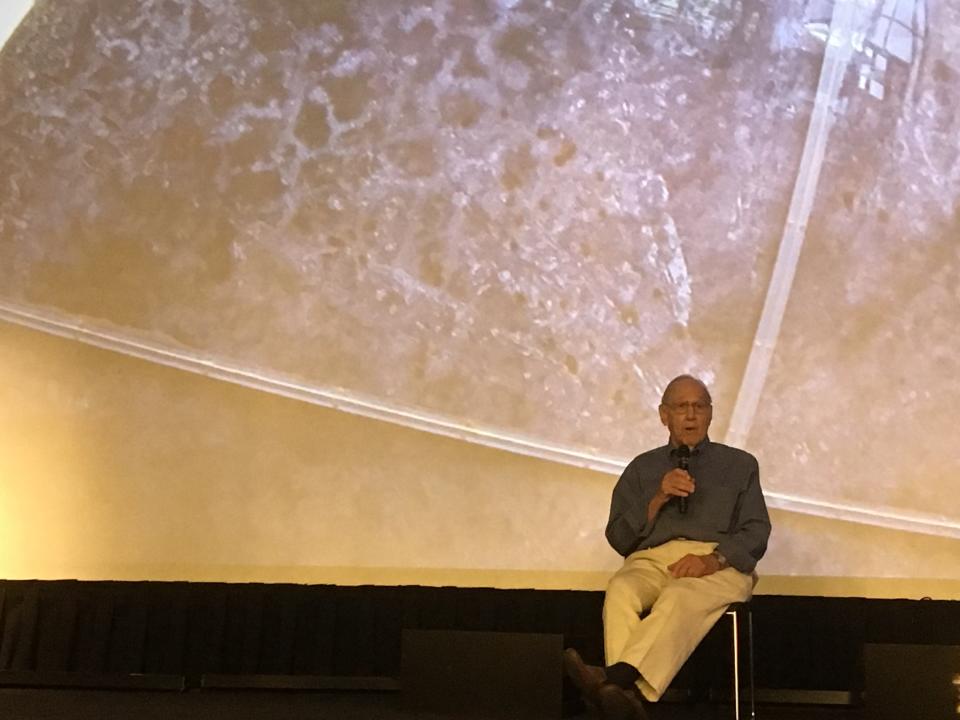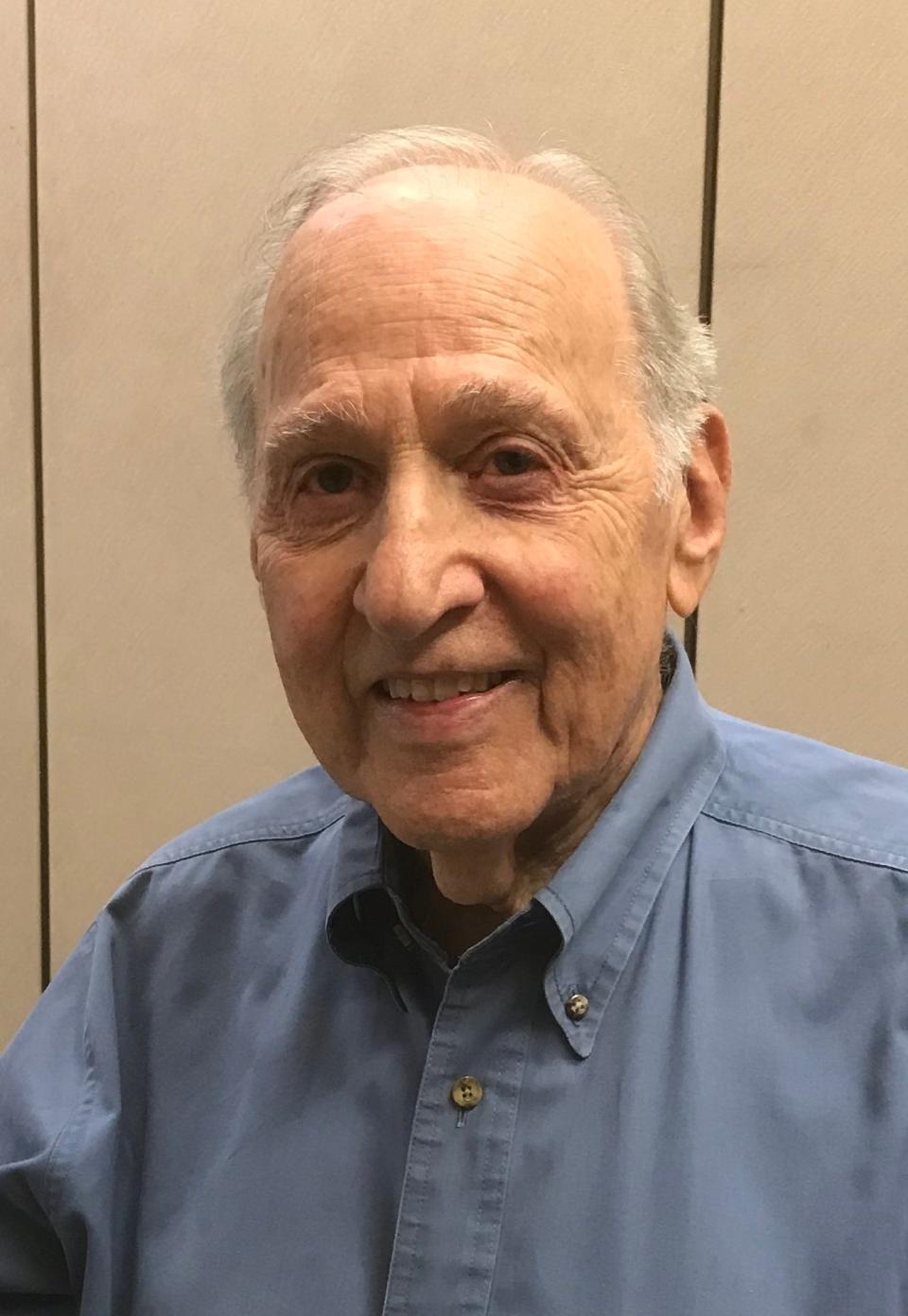Remembering the Apollo 13 Mission: 'I was in Houston when the oxygen pressure fell'
July 20 marked the 54th anniversary of the first time humans stepped foot on a celestial body other than Earth. Working for North American Aviation at the Space Division at Downey, California in the late 1950s, I began to do preliminary work to write the proposal for the electrical and electronic systems for the Apollo Command and Service Modules. To the surprise to many in the industry, NAA won the CSM contract (and also the Saturn II second stage booster).

We had spent many days and nights preparing for our proposal briefing to NACA (pre NASA) Langley, Virginia but when our program manager started his briefing, the overhead projector we used to present briefing charts (before there were desktop computers) did not turn on. The NACA customer was strict about starting on time or we might have been disqualified. I found the plug on the projectors electrical cord to be broken so I stripped the two wires, stuck them into the wall socket and the projector started up on time.
I was made engineering manager for the CSM electrical and electronic systems. We had a lot to learn: Do we perform a direct lunar landing or develop a lunar landing module with which to rendezvous and dock in Earth lunar orbit?
The best solution, of course was lunar orbit rendezvous.
With so many complex systems, the Apollo missions were certain to have parts failures. To succeed, we adopted a policy of “fail operational, fail operational, fail safe.” That meant redundancy and backup systems so that with any two failures in any system, the mission could be completed and the crew could be kept safe even with a third failure.
But the “best laid schemes of mice and men” – there was a fire on the launch pad at the Kennedy Space Center in Florida. I spent two months at KSC helping to find what caused the fire and the loss of three astronauts. We couldn’t be precise because there was so much damage to the Command Module, but it was concluded that the insulation had been damaged on a wire that sparked in the crew cabin pressurized to more than 16 psi pure oxygen – an atmosphere in which just about anything will burn. Fixes to the Command Module included a modified hatch for quick opening, changes to materials and, most of all, a change to countdown procedures so that the cabin oxygen pressure (or partial pressure) would not exceed about five psi.
After the investigation concluded, I went with our program manager and other NAA engineers to testify before the House Space Subcommittee. It was important to be positive about the corrections because some in Congress wanted to cancel the program.
All went well then. I led a team of NAA engineers to join NASA engineers in Houston for each of the Apollo missions. We provided backup to Mission Control when problems arose, and there were always problems even when the missions were totally successful.
Then there was Apollo 13: I was in Houston when the oxygen pressure fell and the fuel cells were no longer able to supply electricity to the Crew Module.
NAA personnel in Houston and back in Downey, CA helped NASA come up with life-saving solutions that used the Lunar Module as the lifeboat to bring the crew back to mere earth where the CM could be activated again using the entry batteries for a safe atmospheric entry.
I seem to live from one challenge to the next, but a sense of accomplishment made it all worthwhile.
What we remember most about the Apollo program are the heroic astronauts, the innovative engineers and scientists who developed rocket engines and complex systems, the mission controllers who planned the flights and kept the astronauts safe, and the enormous challenge of managing multiple NASA centers and tens of hundreds of contractors, sub-contractors and suppliers.
That’s a fair assessment.
But there is more that we rarely talk about. When the astronauts were some quarter of a million miles from Earth, they looked back and saw a rather small bluish ball in the blackness of space amid uncountable stars. They realized that we live in a marvelous and special place that has water, air, a temperate climate, a protective magnetic field, and all the nutrients needed for life to develop and prosper. But they also realized, as we must today, what a thin layer of atmosphere we have, how fragile our planet is and how vulnerable we are to disruptions in the balance of nature.
We must learn from the experience of Apollo; we must teach our children to see the “big picture” and join together to do all that is possible to preserve and protect our little blue spaceship Earth.
David Levine, a Navy veteran, began his career with North American Aviation in 1953 and was the manager for Electrical and Electronics Systems for the Apollo command and service module through its development. He led the team of engineers in Downey, California, who provided backup for NASA Mission Control in Houston during Apollo flights. He also worked later in the Space Shuttle Orbiter program. He retired in 1984 and lives with his wife, Linda, in Palm Springs.

This article originally appeared on Palm Springs Desert Sun: Remembering the Apollo 13 Mission: 'I was in Houston when the oxygen pressure fell'

